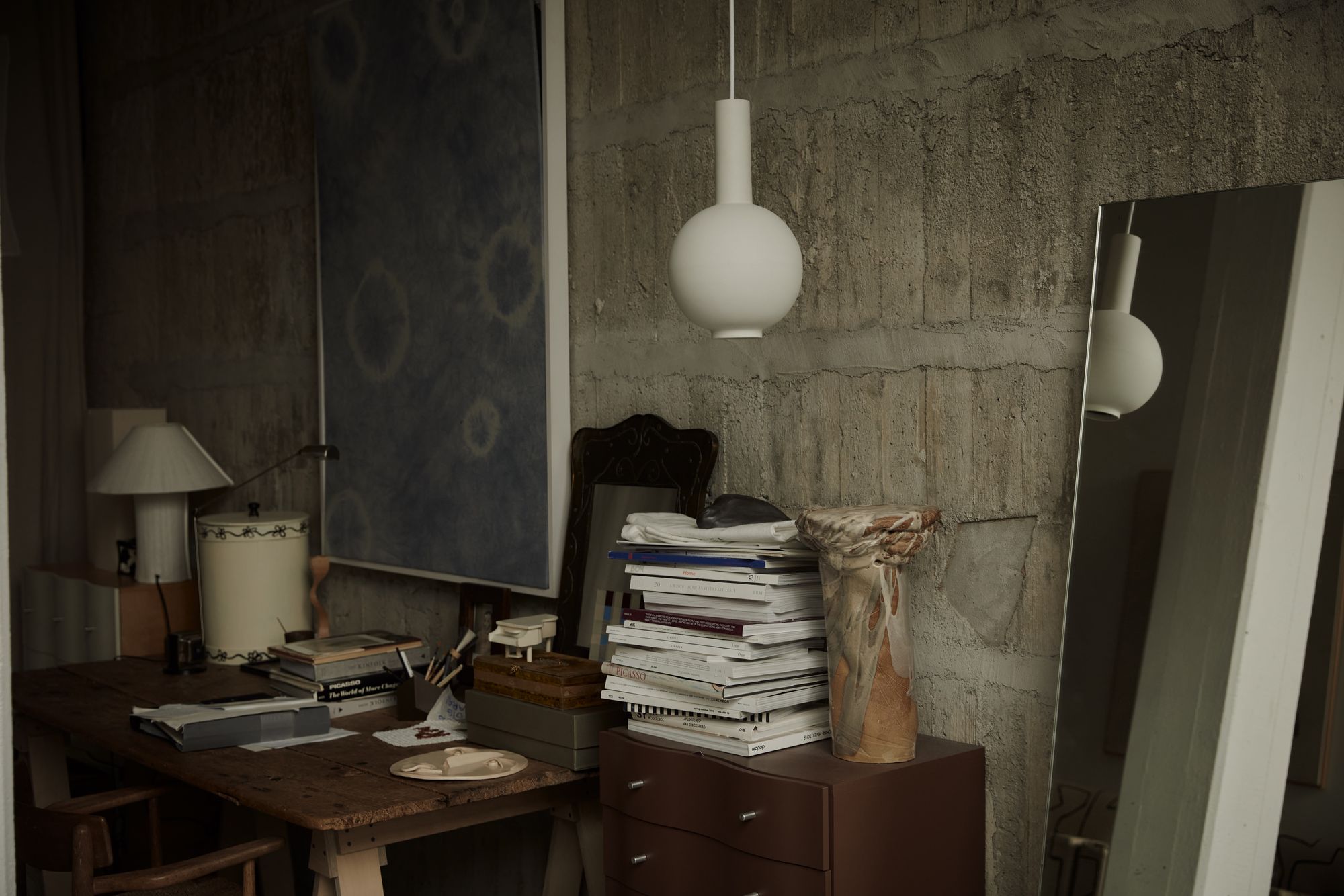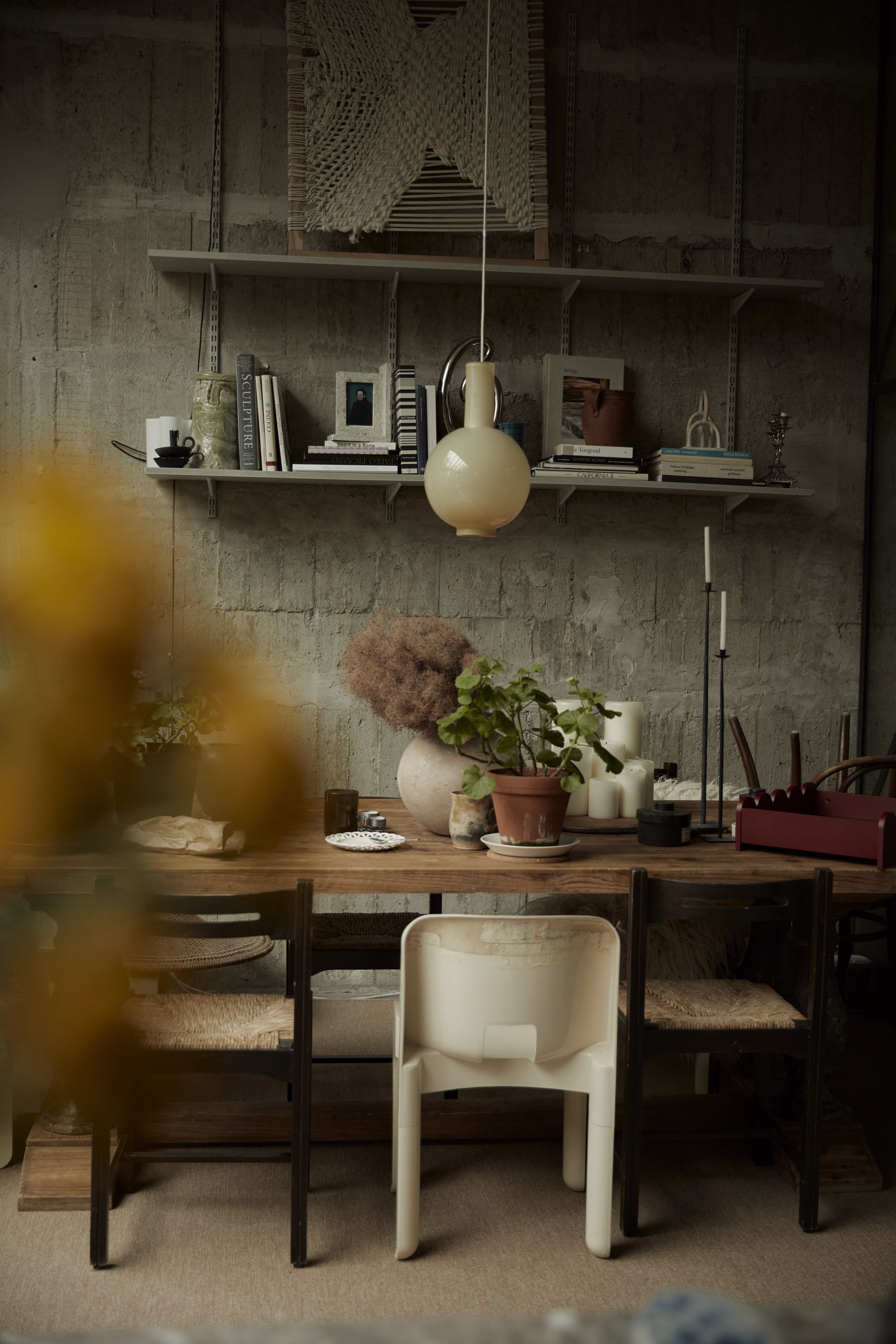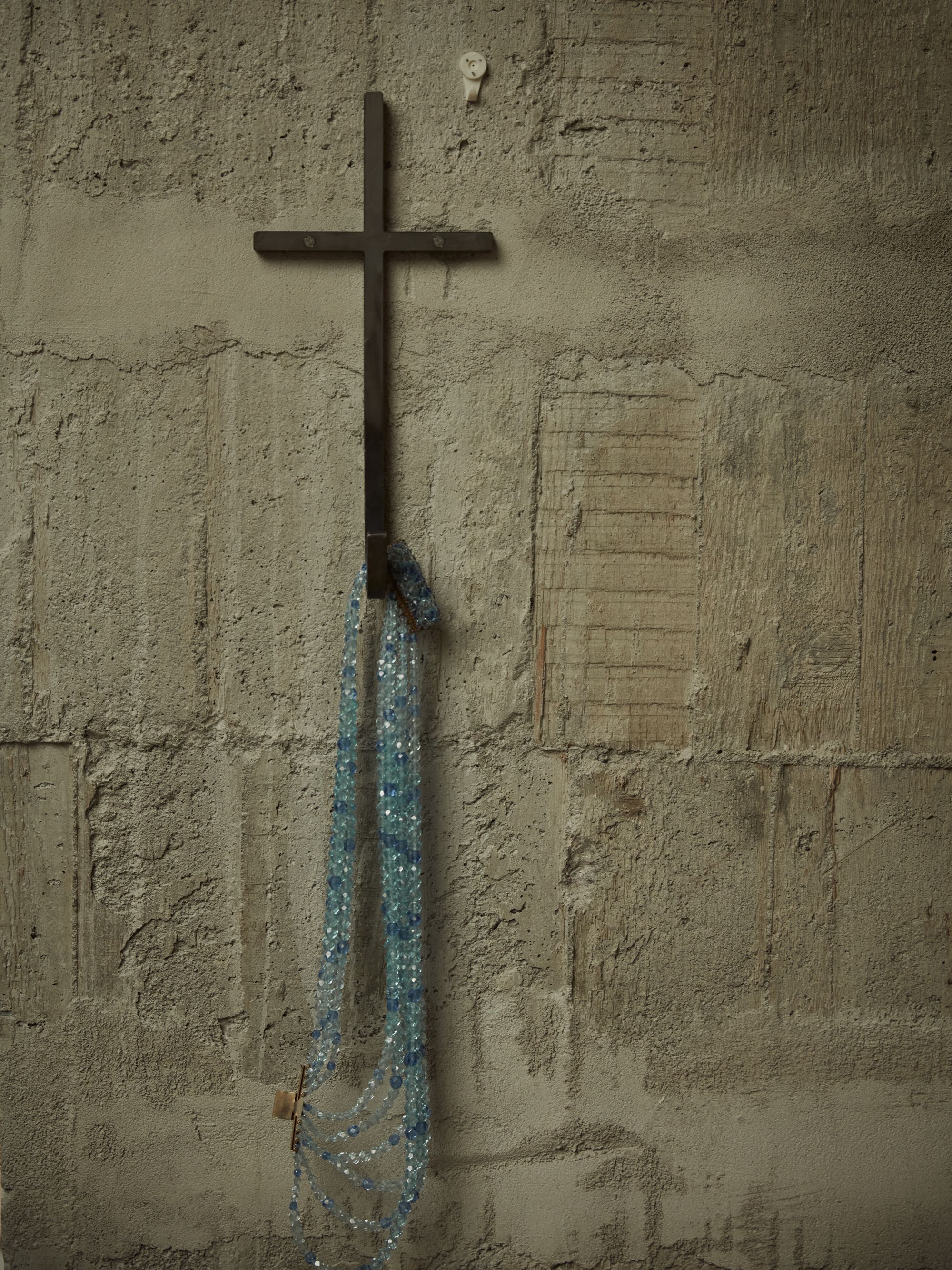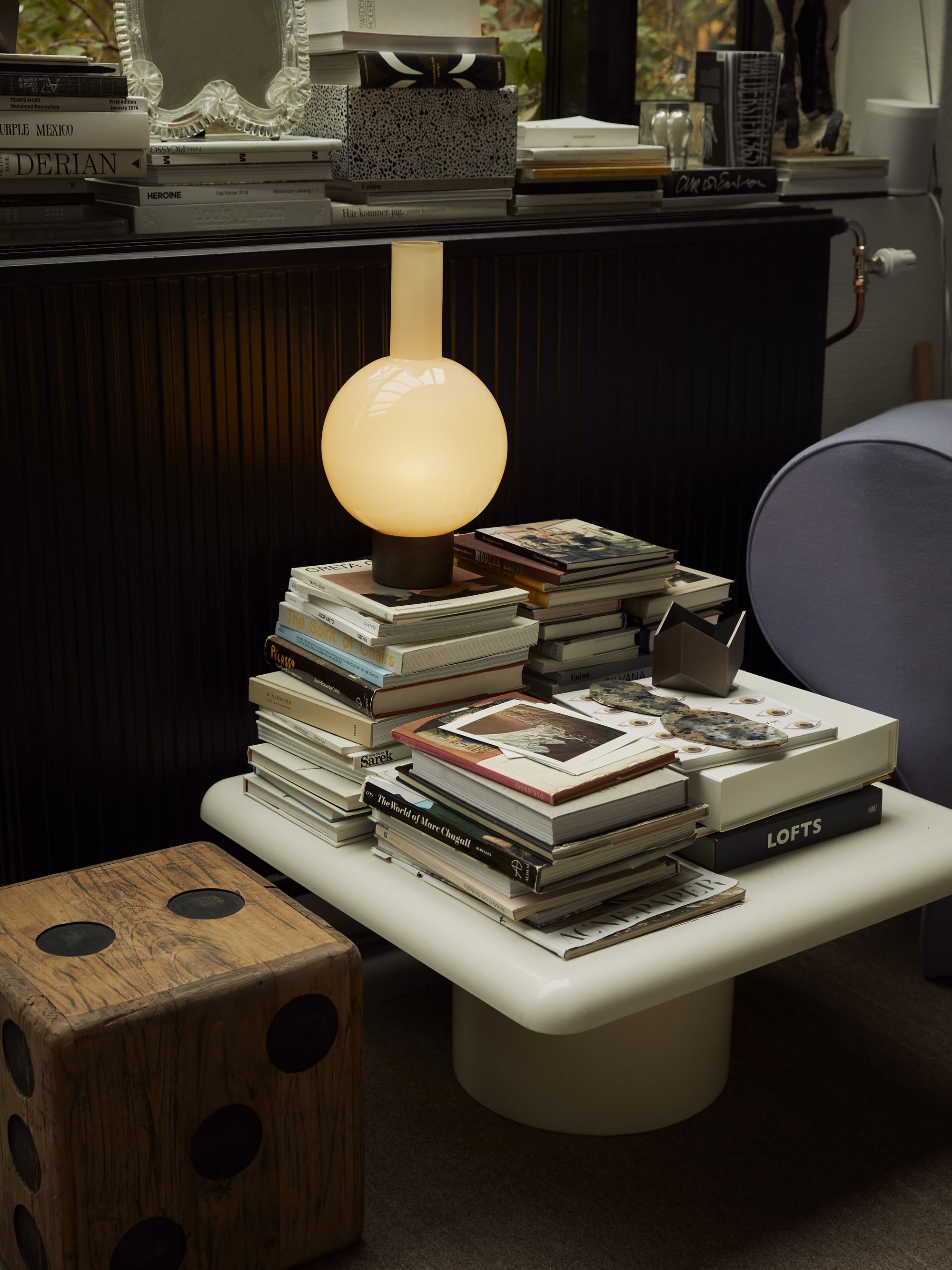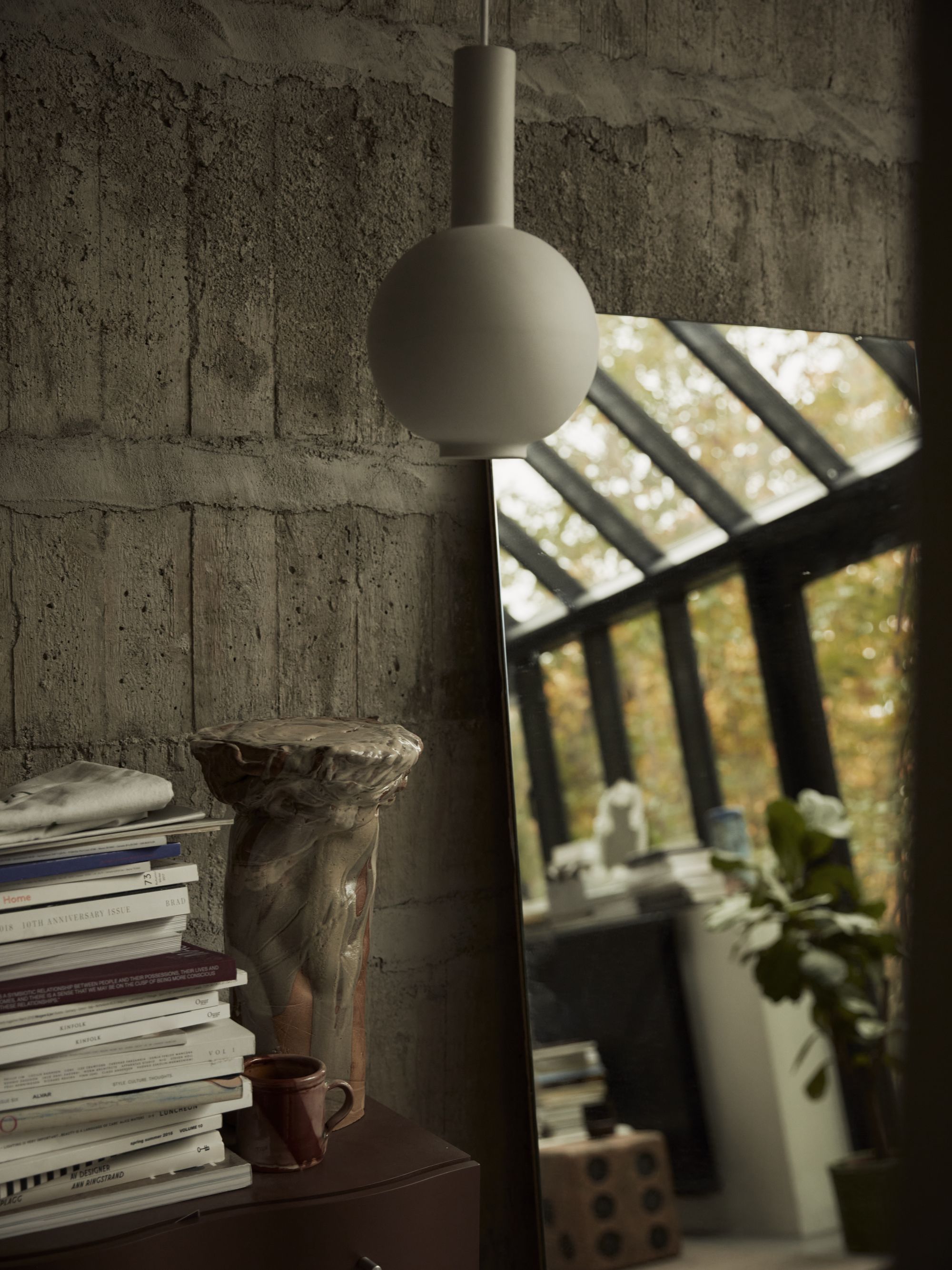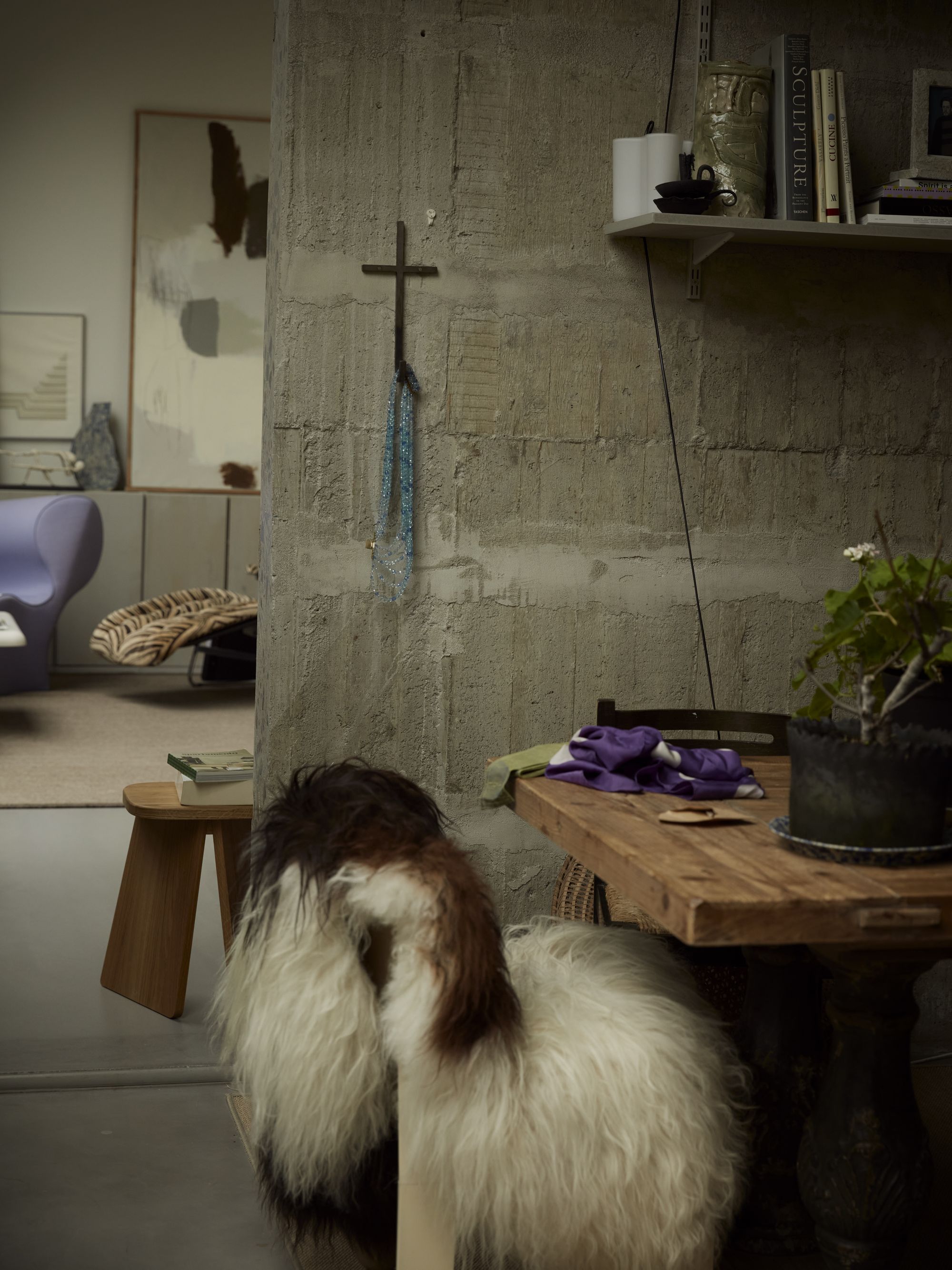Campaign - Rugs, Reduced for Summer - Shop now
Campaign - Rugs, Reduced for Summer - Shop now
Campaign - Rugs, Reduced for Summer - Shop now
Campaign - Rugs, Reduced for Summer - Shop now
Campaign - Rugs, Reduced for Summer - Shop now
Campaign - Rugs, Reduced for Summer - Shop now
Campaign - Rugs, Reduced for Summer - Shop now
Campaign - Rugs, Reduced for Summer - Shop now
Feb 27, 2024
SEKT: Crafting the Antiques of Tomorrow
In the bustling streets of Malmö, a design revolution is underway, spearheaded by the dynamic duo behind Sekt Studio, Lovisa Hansson and Milan Kosovic. Their mission? To unearth the essence of true craftsmanship and redefine the landscape of modern design, one meticulously curated piece at a time.
‘We started Sekt to rediscover the joy in the design process and create something personal – somewhere we have the control and can proudly call 100% ours.’ So says Lovisa Hansson, who launched the furniture and interiors brand with Milan Kosovic three years ago, although it had been brewing for a lot longer.
Despite coming from different design backgrounds, they complement each other well. Lovisa began her career in art conservation before studying design in Copenhagen, while Milan was an industrial designer working for big companies on large-scale projects. That typically meant fast-paced environments with production taking place in low-wage countries. ‘We both felt we wanted to get away from that model and take ownership of the whole process,’ says Lovisa with Milan nodding along, ‘to get the opportunity to collaborate with craftsmen using local knowledge and traditional skills.’
Milan remembers how his parents would save up to buy a specific piece of furniture. It would be so cared for that it almost became a precious family member. ‘I think that has had a positive impact on me. If you look at our home now, we only have things we like and want,’ says Milan, who grew up in former Yugoslavia, but believes it was more a mindset of the era than of geography. The idea that pieces should take time to develop rather than chasing trends and, once made, be long-lasting have become pillars of the studio. ‘After all, if the product lives on for decades maybe the production lead time wasn’t that long after all.’
Bringing production closer to home brings positive side effects. A small-scale set-up where craftsmanship is celebrated and local knowledge prized is a more sustainable way of working. ‘It’s a bit like cooking,’ Milan says. ‘All over the world, local ingredients are sourced and put together to cook traditional dishes.’ Sekt operates in the same way. For example, the couple draw on the long tradition of glassblowing in Sweden, working with practitioners proud of their craft. There are fewer of them, but those that remain are excellent.
The ‘Puritan’ pendant was the first Sekt product to be developed, long before the brand was even established. In theory, it consists of two basic shapes, a cylinder and a sphere, combined. The reality was quite different, as the simplest things can be very difficult to manufacture in the right way, because they can so easily warp in the burning process. ‘You get so much respect for the makers when you work closely. You see the old man blowing one of our lamps until he literally turns purple. Then he opens the mould and the lamp just breaks because something had gone wrong,’ says Lovisa. ‘But he just puts it down and says: “That’s what happens sometimes.”’
I
This means that while products are as perfect as they can be, they all carry the signs of a human hand, marks some might call flaws. Looking up close, the glass might not be completely straight; traces of the little metal pins attached to the wooden mould may be left when you cast the piece; you may spy a little trapped air bubble – but this is all evidence of the craftsman who moulded the piece. That’s just how it is: everything is thought through, alive and designed to function.
A product can always be improved and evolve. The ‘Puritan’ pendant, for example, has gained a new variant in which mouth-blown glass in two shades hangs from a matt nickel-plated rod, a quite unusual treatment that only two or three manufacturers in Sweden can achieve. Glassblowers might seem like odd partners for a contemporary studio, but for Sekt the fact that it’s an old, surviving trade, and therefore important to keep alive, makes it a perfect match. ‘We are very carefully safeguarding the trade and we want to do it in a different way.’
The name Sekt (‘cult’ in Swedish) springs from the desire to do things in a better way, to offer something exclusive to inaugurated ‘Sekterists’, the brand’s own fan base. ‘It might be a bit of a rub, but we want to do things differently. We realise not everyone can switch to slow design and slow manufacturing. The whole system would have to change. We don’t know how it will evolve. The only thing we can do is show there is an alternative – and it’s all ours.’ All materials chosen have been picked for their long-lasting features and potential to age well over time. One day, perhaps, they will become antiques to be passed from one generation to the next. ‘Because they can definitely survive both us and our brand.’
Photographer Fanny Rådvik captures Sekt's products in the home of 'Sekterist' Linnéa Salmén. First published 22 February 2024 in The World of Interiors.
Original text by By Michaela Nilsson.
EXPLORE SEKT PRODUCTS

